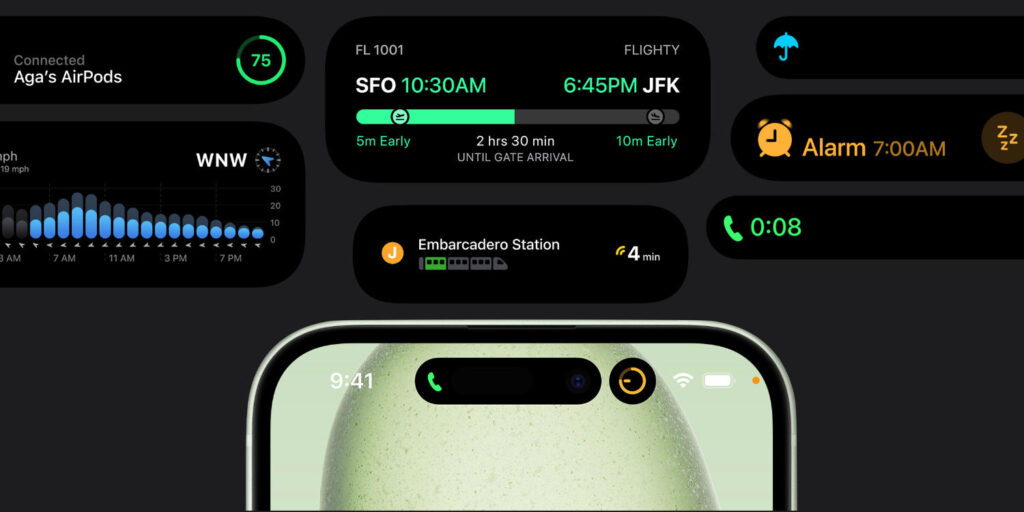Apple’s evolved notch could be great, but needs support – and now it will get it
In 2017, the iPhone went ‘all screen’ with a radical redesign that ditched the Home button. Well, ‘all screen’ apart from the notch. That black lump at the top of the iPhone X display was a necessary evil, to house the front camera and face detection system.
In subsequent iPhone revisions, the notch shrank somewhat. But last year, Apple did the most Apple thing imaginable and made a virtue out of a screen cut-out. While Android phones attempted to minimize theirs – resulting in devices that look like they’ve been attacked by a hole punch – Apple invented Dynamic Island, blurring the line between hardware and software.
As we noted last year, the result was surprisingly delightful. The island expands and contracts to display vital information, including timers and notifications. It’s sleight of hand really – software trickery to obscure the front camera system. Hold an iPhone up to a light source and you’ll be able to see the physical camera Dynamic Island seeks to conceal. But it’s good sleight of hand, because it transforms a disliked component into something playful and useful.
Pixel Pals brought fun and innovation to Dynamic Island
At least, that’s the theory. The problem with Dynamic Island has been developer support. Although there have been blasts of innovation – most notably Pixel Pals, with its virtual retro animals – there’s more broadly been a ‘wait and see’ attitude.
We’ve seen this before, on Mac. Apple replaced a row of keys on the MacBook Pro with the Touch Bar. The concept was great – a miniature touchscreen that could switch to suit the task you were performing – be that displaying a slider to adjust an audio mix, or in-context controls when editing video. But its potential was never fully realized and Apple has now consigned the Touch Bar to history.
We’ll never know for sure why the Touch Bar failed, but the most likely explanation is ubiquity – or the lack thereof. With the Touch Bar only existing on a subset of Macs, it wasn’t worth investment by developers whose efforts would be seen by a relatively small number of users. Additionally, they’d need to buy specific hardware to test Touch Bar features on – another barrier.
All iPhone 15 models have Dynamic Island
With iPhone 15, that danger passes for Dynamic Island. The entire new range of Apple phones – from the most affordable iPhone 15 to the flagship iPhone 15 Pro Max – has this feature. That means any developer buying a new iPhone will have direct access to Dynamic Island, and they’ll know many millions more people will be able to use whatever they create for it.
Long-term, it’s hard to know whether Dynamic Island will stick around. It’s possible Apple will perfect under-screen camera tech, meaning its iPhones really could become ‘all screen’ for the first time. But given how delightful Dynamic Island is, it’s feasible the feature could continue as software-only, perhaps appearing from the bezel whenever it’s needed.
Looking back to the present, though, Dynamic Island felt like a risk for developers last year – and a risk for Apple, if it was another under-used feature that didn’t take off. That risk is now gone, and so here’s hoping Apple’s animated black blob gets more love over the coming months.

